Part #: BN-RESP-XDCR
Respiration Transducer – Wireless BioNomadix or Smart Amp
BioNomadix®: Physiology Where, When, and How You Want
Transducer for wireless, wearable physiology
Use this Respiration Transducer to record respiratory effort a with wireless BioNomadix or wired Smart Amplifier to measure changes in thoracic or abdominal circumference that occur as a subject breathes. The design presents minimal resistance to movement and is extremely unobtrusive. Due to its novel construction, the RSP transducer can measure arbitrarily slow to very fast respiration patterns with no loss in signal amplitude, while maintaining excellent linearity and minimal hysteresis. The conductance of the gauge is linear with applied linear stretch; for very small linear stretch, the conductance versus stretch is quite linear.
- wireless: interface transducer to BioNomadix transmitter to BioNomadix amp/logger/Smart Center
- wired: Smart Amplifier RSP100D to MP160 System or isolated power
The transducer is attached by a fully adjustable nylon strap that allows the transducer to fit almost any circumference. Additional straps available (RX-STRAP-RSP) to allow for disinfection between subjects without any down time—use extra straps with transducer while washing previously worn straps.
Details
Videos
Integrating BIOPAC Research Systems | Data Acquisition & Analysis
Support
Applications
Downloads/Resources
Knowledge Base
- * CLEANING GUIDELINES *
- About License Keys
- AC mode
- AcqKnowledge accuracy
- AcqKnowledge iLok key lost or unavailable
- Amplifier analog output signals
- Amplifier filter settings
- Arbitrary waveform stimulation
- Band-pass and band-stop filters
- BioNomadix Signal Interruption
- Calculating file sizes
- Calibration values
- Checking Finger Cuff Lifetime for NIBP100D/NIBP100D-HD
- Common mistakes/general troubleshooting
- Connecting Calibration Gas Tanks & Mixing Chambers
- Editing noisy data
- Electrodermal activity measurements
- Event Markers | Correcting Automated Placement
- Excel files exported from BIOPAC software open in Excel 'Protected View'
- Glossary of specification terminology
- Grounding guidelines
- High pass filters
- How can I move QRS peak event marks from the bottom of S waves to the top of R waves?
- Installation CD/DVD lost or damaged...how can I re-install software?
- Interfacing third-party transducers
- Low pass filters
- Notch filter
- Railing signal (flatline)
- Recording good data
- Troubleshooting MP160 Ethernet Communication
- Using other software with BIOPAC hardware
- VREF, reference excitation voltage
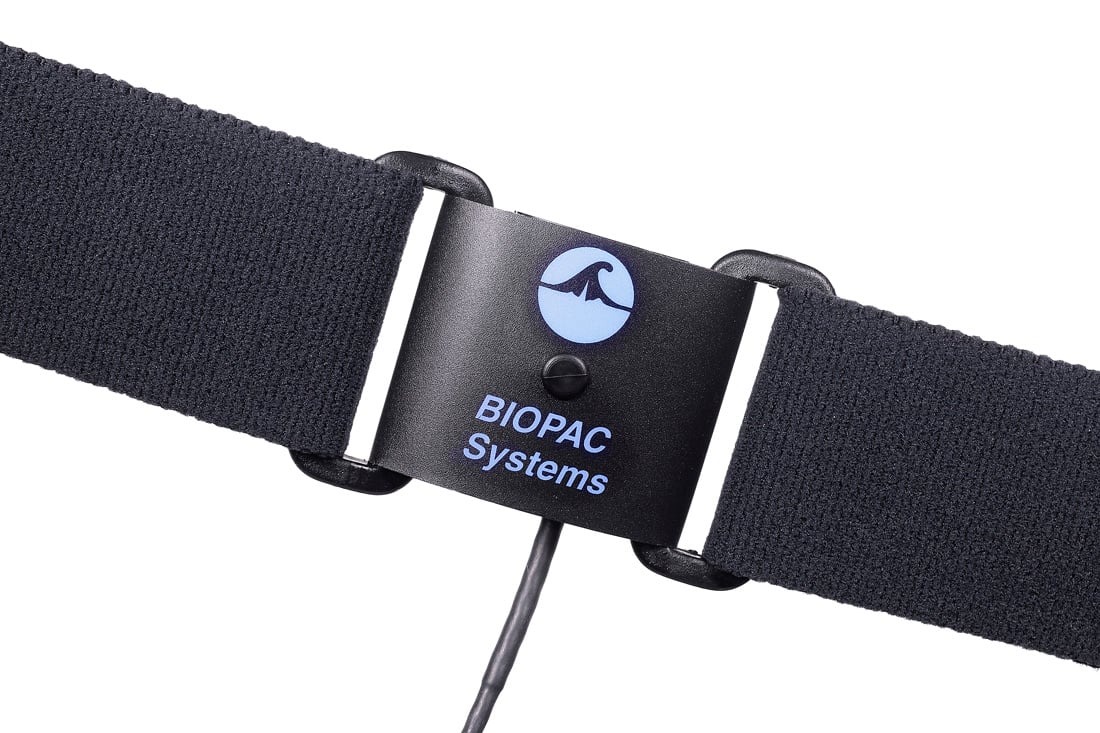




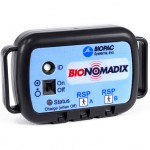
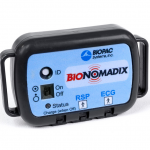
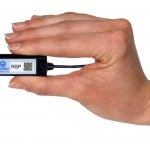
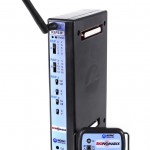
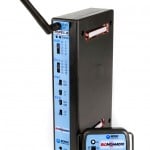
Stay Connected